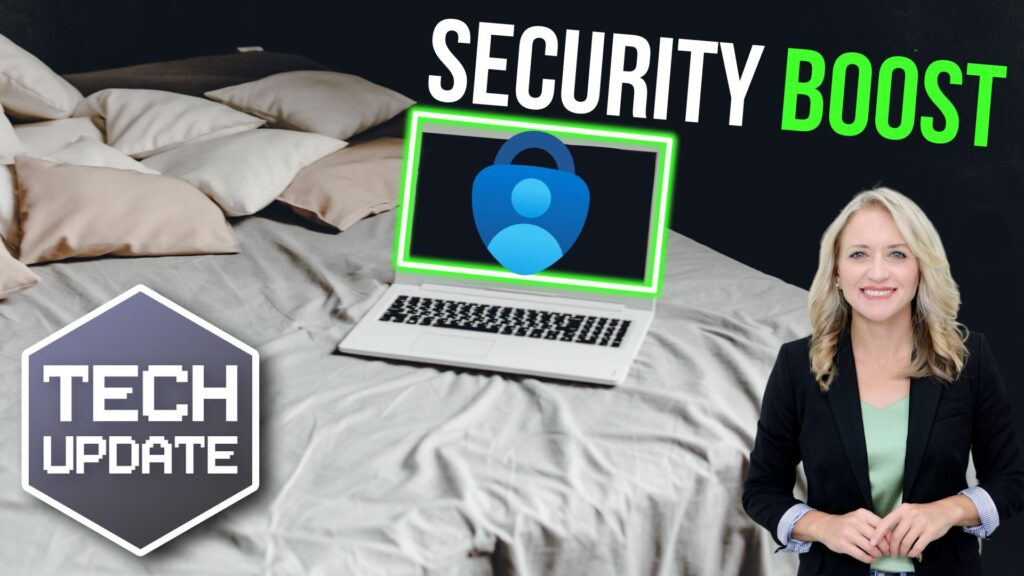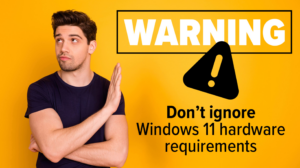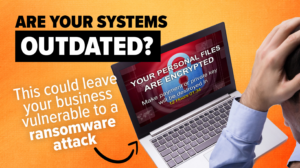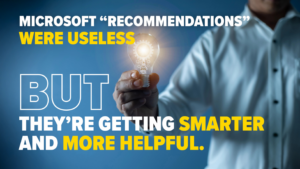Microsoft is mandating MFA for Azure sign-ins. Here’s why it matters for everyone.
What is Multi-Factor Authentication (MFA)?
Microsoft recently announced that all Azure sign-ins will soon require multi-factor authentication (MFA) to enhance security. Even if you’re not using Azure, this is a trend you should be aware of because MFA is one of the simplest and most effective ways to protect your digital assets. You can learn more about this in Microsoft’s Multi-Factor Authentication Overview.
How Does MFA Work?
Think of MFA as adding an extra layer of security to your business’s digital door.
Typically, you log into your accounts with just a password. However, passwords alone are no longer as secure as they used to be, as cybercriminals have become skilled at cracking them. MFA strengthens your security by adding another step to the process—like saying, “You’ve got the key, but now I need to verify your ID as well.” To understand more about why passwords are no longer enough, check out Why Passwords Are No Longer Enough for Security.
Once you’ve entered your password, you’ll be asked to confirm your identity a second time. This could be a code sent to your phone, a fingerprint scan, or a simple tap on an app like Microsoft Authenticator. While it adds an extra step, it’s a crucial one. Even if someone steals your password, they still need this second form of verification to gain access to your account, creating a significant roadblock for attackers.
Why Is MFA Important?
Yes, adding another step to your sign-in process may seem like an inconvenience, but it’s a small price to pay compared to the cost of a security breach. The potential loss of sensitive business information and the financial or reputational damage far outweighs the few extra seconds MFA takes.
Different Ways to Use MFA
There are several ways to set up MFA. Some people prefer receiving a one-time passcode via text message, while others favor the ease of a push notification on their phone. Biometric methods, like fingerprints or facial recognition, are also gaining popularity. For those seeking additional security, physical security keys that plug into your computer offer another layer of protection. For more information on MFA best practices, check out Multi-Factor Authentication Best Practices.
Why You Should Start Now
Microsoft’s push for MFA with Azure is just the beginning. The truth is, MFA should be a standard security measure for any business.
Need assistance with implementing MFA for your business? We’re here to help. Get in touch to make securing your accounts easy and effective.




